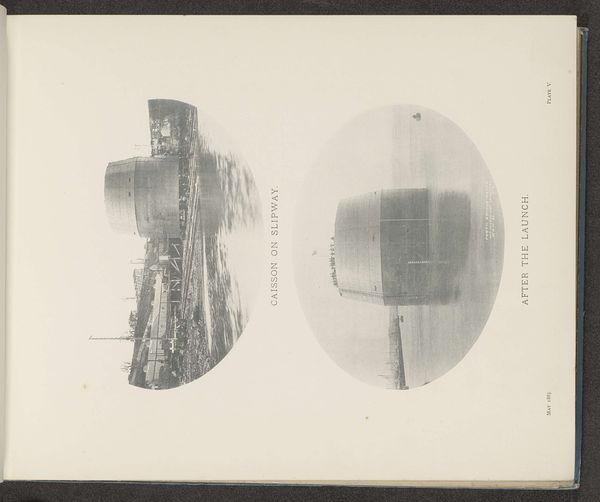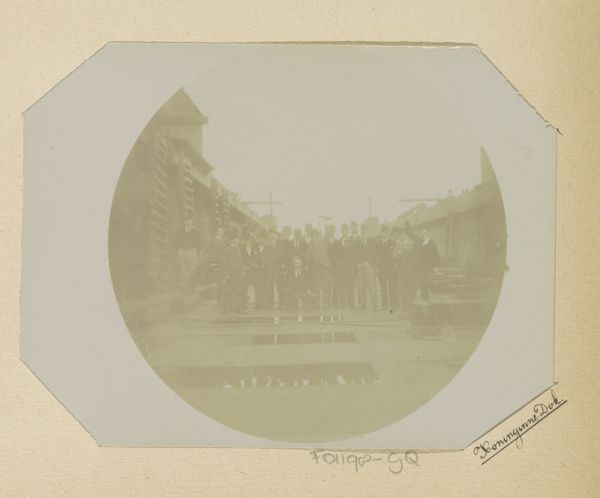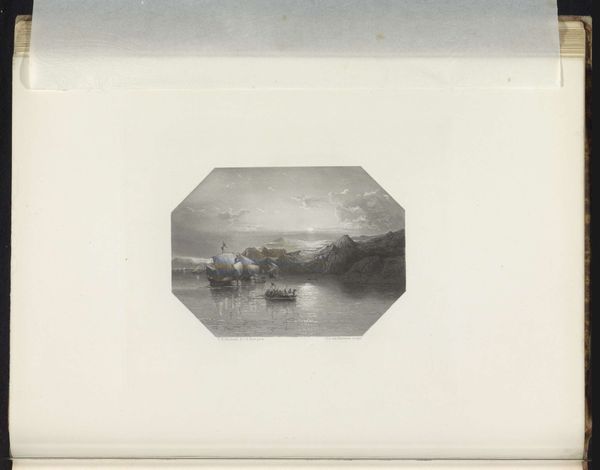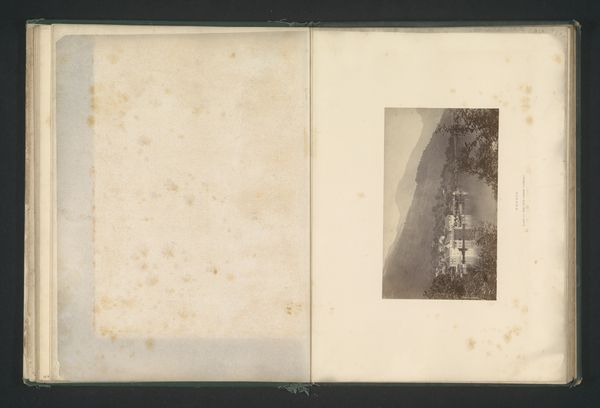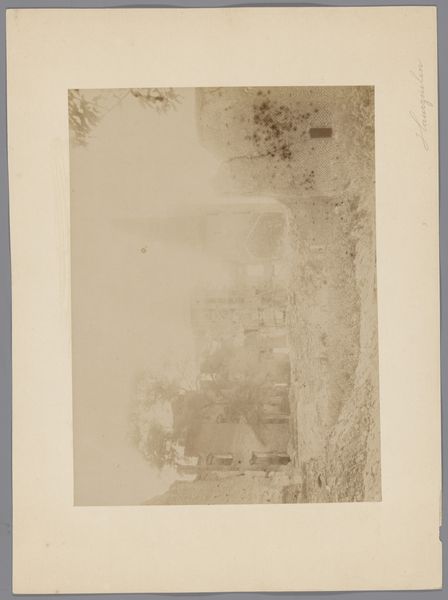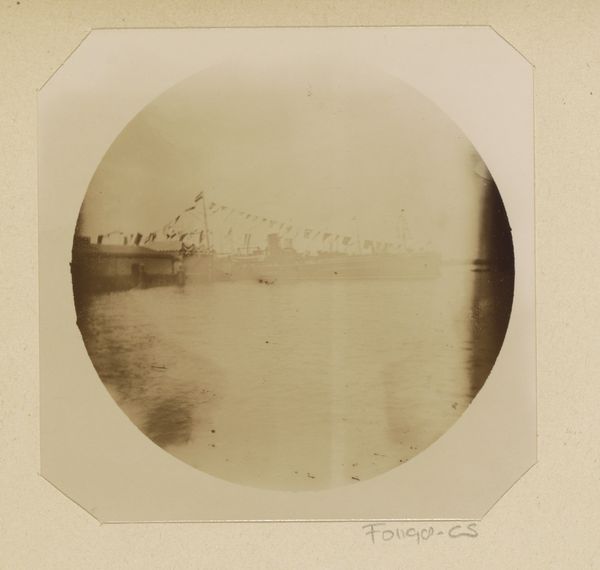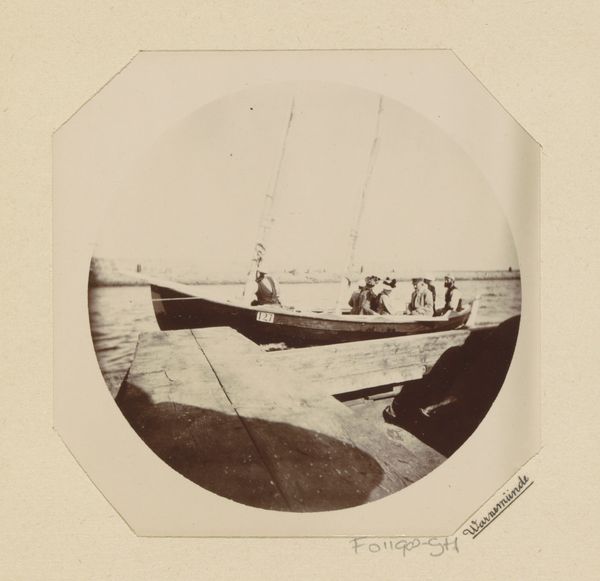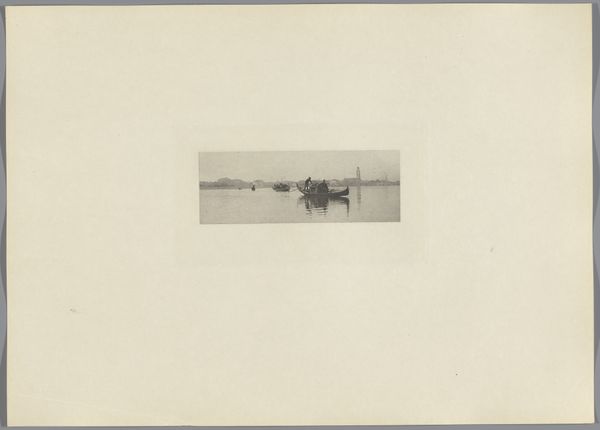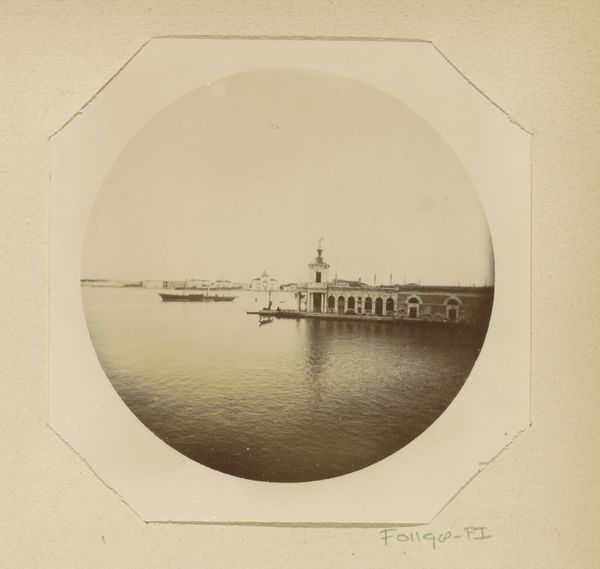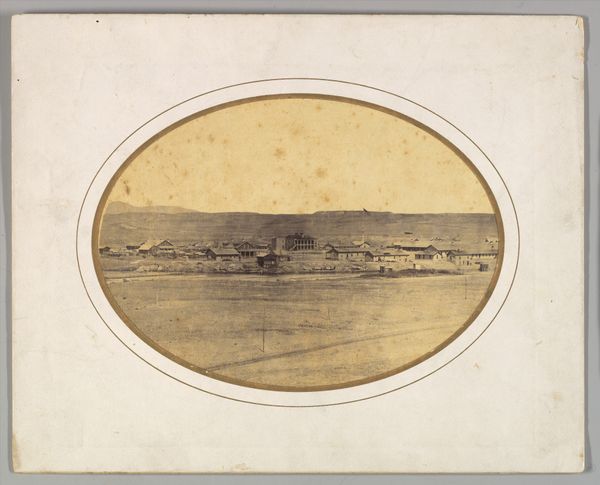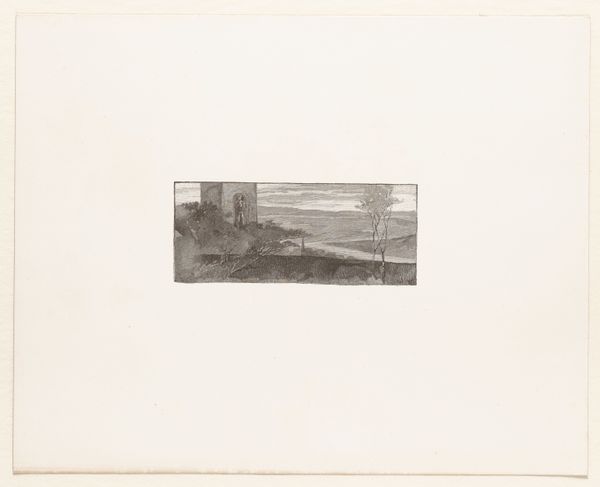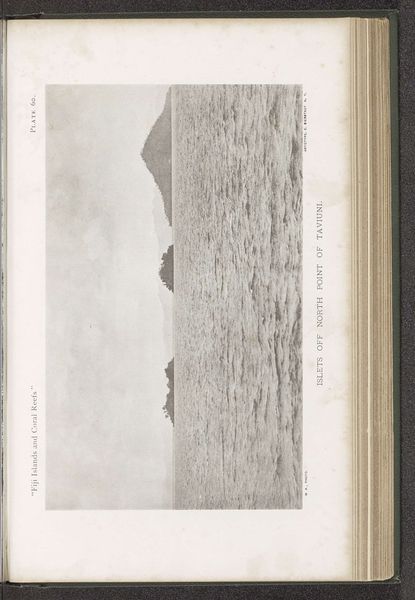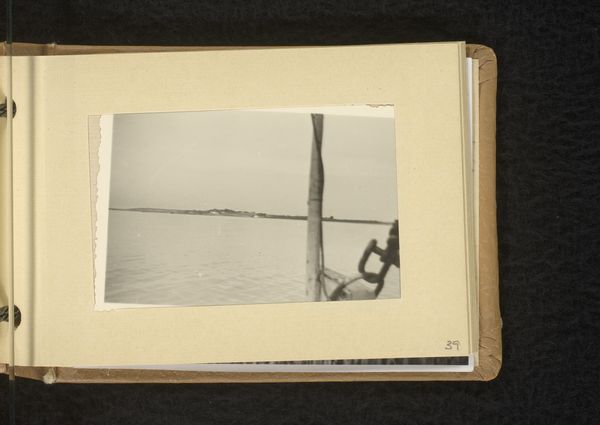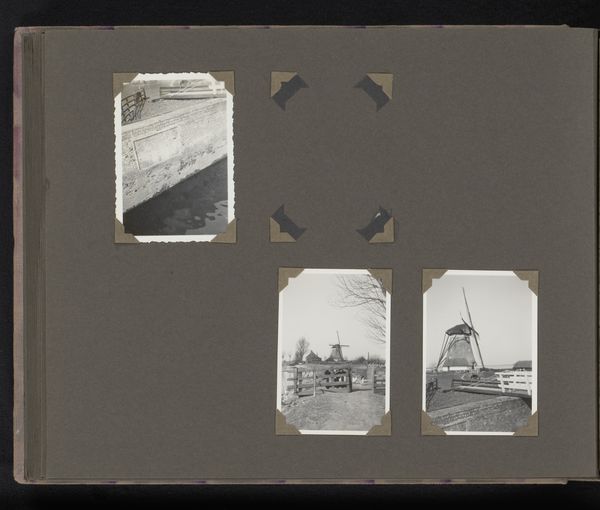
Gezicht op de Oostelijke Handelskade aan het IJ in Amsterdam 1889 - 1893
0:00
0:00
photography, gelatin-silver-print
#
still-life-photography
#
dutch-golden-age
#
landscape
#
photography
#
gelatin-silver-print
#
realism
Dimensions: height 90 mm, width 117 mm
Copyright: Rijks Museum: Open Domain
Editor: Here we have Willem Frederik Piek Jr.’s photograph, “Gezicht op de Oostelijke Handelskade aan het IJ in Amsterdam,” a gelatin silver print dating from 1889 to 1893. It feels very still and muted to me; what’s your initial read of the photograph? Curator: That stillness resonates. Piek’s capture is a valuable historical document of Amsterdam’s evolving port. Think about what Amsterdam represented in the late 19th century. It was a global trade hub undergoing rapid modernization. How do you think this context shapes the photograph's meaning? Editor: Well, it makes me consider the political and economic weight held in this seemingly quiet image. This wasn't just a pretty view; it was the engine of a major power. Curator: Precisely! The image's quietness may belie the frenetic activity, power, and global connections being forged there. It speaks to the photographic medium as a tool of record, both reflecting and shaping the narrative of progress. Editor: It is amazing how something so unassuming can tell us so much about a particular place and time. I am used to analyzing paintings or sculptures, where we usually can see a clear intervention from the artist, but photographs are perceived as more neutral and objective. Curator: That perceived objectivity is itself a culturally constructed idea. What choices do you think Piek made about composition, lighting, and the moment of capture? Each choice shapes how we interpret this scene. Think about how these decisions affected the visual culture of Amsterdam, particularly considering it was a public image. Editor: So, thinking about composition and lighting makes me see that Piek is indeed acting as a shaper of culture and public perception. The lighting emphasizes the activity on the docks; it creates an image of industry, almost staged for promotion. Curator: Yes, that’s a brilliant reading. Recognizing that an artist's selection process changes the image can provide an image like this a fresh perspective. Editor: I learned a lot about how socio-historical contexts give an artwork significance. Curator: Absolutely! We also uncovered how supposed neutrality serves a larger historical narrative.
Comments
No comments
Be the first to comment and join the conversation on the ultimate creative platform.
